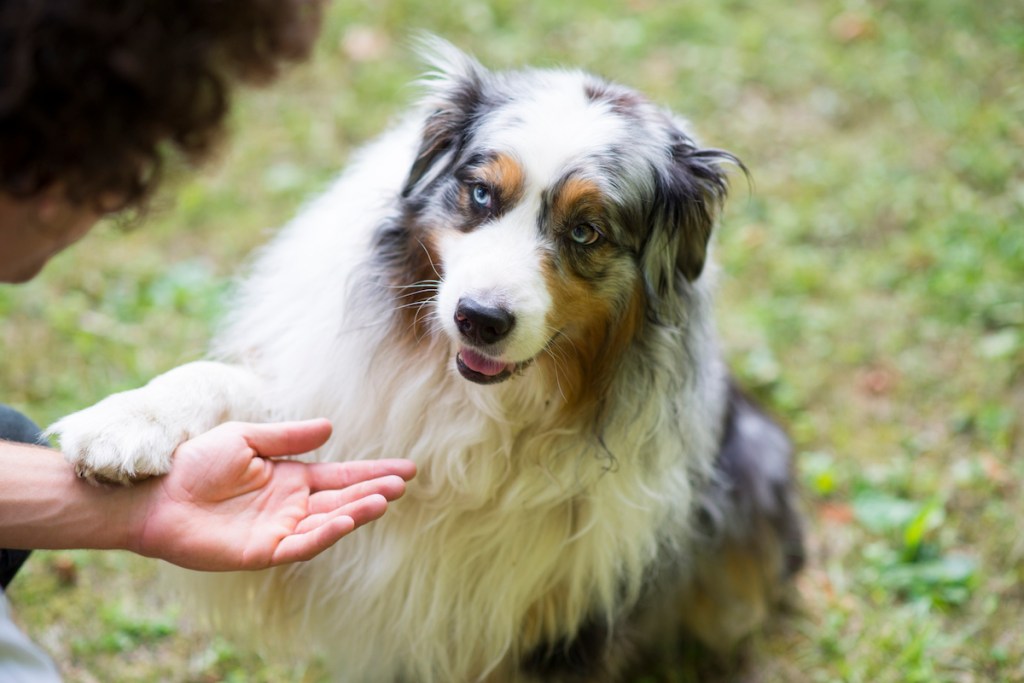Polydactyly in dogs is a medical condition where a dog is born with an extra toe. Usually, the extra toe primarily consists of soft tissue.
The condition affects certain breeds more than others. Specifically, the Australian Shepherd, Norwegian Lundehund, and Great Pyrenees breeds can be predisposed to it.
Thankfully, dogs with an extra toe can usually lead totally normal lives. The condition is only a problem if the extra toe keeps catching on things.
If you see signs that your dog might be suffering from this condition, then you must consult your veterinarian for a proper diagnosis and course of treatment. Here’s what you should know about the symptoms, causes, and treatments of polydactyly in dogs.
Symptoms of polydactyly in dogs
Polydactyly in dogs results in a dog being born with an extra toe. Usually, the extra toe is found slightly higher up the leg than the other toes.
Causes of polydactyly in dogs

The cause of polydactyly in dogs is often a genetic mutation. The extra toe can be found on the front or back limbs. Normally, a canine is born with four toes and a dew claw on their front limbs, along with four toes on each of their back limbs.
Interestingly, some breeds like the Norwegian Lundehund are bred to have an extra toe. In fact, the Lundehund has six per paw. This is to help them navigate snowy and uneven terrain. Some of the other breeds which often have an extra toe include:
- Australian Shepherd
- Anatolian Shepherd
- Great Pyrenees
- Beauceron
- Briard
Treatments for polydactyly in dogs
Generally, the condition can be seen pretty easily from birth. For the most part, polydactyly pups often seem to have feet that look bigger than usual.
Technically, if desired, your vet can carry out an X-ray of your dog’s toes to check on the status of any extra toes. In many cases, the extra toe is made up of just soft tissue.
On the positive side, most polydactyly dogs don’t require any sort of treatment. However, if the extra toe hinders your canine’s movement or keeps catching on objects, it can be removed. To this end, removal is a surgical process.
Generally, if your pup has an extra toe, it’s important to make sure that it’s properly trimmed. This is because the positioning of the extra toenail means it might not become naturally worn down as much as your dog’s other toenails. Moreover, danger and unnecessary pain can occur if the dewclaw is long enough to catch anything that would tear it from the limb. As such, regular grooming can help prevent serious muscular injury in dogs with this condition.









